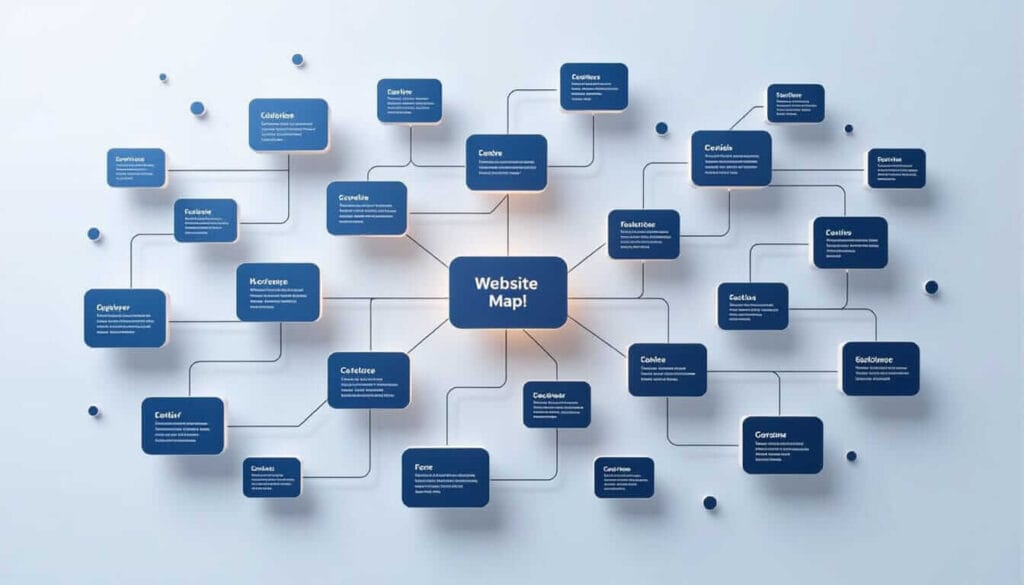When you build or manage a website, understanding crawling and indexing is essential for your online visibility.
Crawling and indexing are at the heart of how search engines like Google, Bing, and Yahoo discover your content and present it to users worldwide. If you want your website to appear in search results, you must learn how these processes work, their key differences, and what might block you from getting noticed online.

Crawling is when search engines send automated programs, known as bots or spiders, to travel across the web and find new or updated pages. Think of crawling as a librarian walking through the aisles, checking for new books to add to the collection. The bot reads your content, follows links to other pages, and sends information back to its search engine.
Google discovers billions of new pages every day through crawling bots. Sites that are structured logically, with clear links between pages, are easier for search engines to find and scan.
Crawlers look for a file called robots.txt at the root of your website.
This file tells bots which pages they can or cannot scan. However, not all search bots follow these rules exactly. While major search engines try to respect your instructions, some less reputable ones might ignore them.
If bots cannot crawl your site, none of your pages can appear in search results. This is similar to library books that never get put on the shelf. At Tresseo, we recommend regular site audits to check for crawl errors and keep your content accessible.

Once your web page has been crawled, the search engine decides if, and how, it should appear in search results. This step is called indexing. Indexing is like the librarian deciding whether to add your book to the library catalog, thinking about its subject, author, and where it fits.
Google processes more than 5.6 billion searches each day and maintains an index of over 130 trillion pages. However, not every crawled page makes it into this enormous database. Pages may be skipped or indexed partially due to quality checks, duplicates, or errors.
When a page is added to the index, certain details are stored:
Search engines compare all indexed pages to show the most relevant answers to users. Pages that are missing from the index become invisible in search.
Technical issues can prevent search engines from adding your page to their index. Examples include:
Now that you know indexing comes after crawling, what can you do to help your site get indexed? First, check your robots.txt and sitemap for accuracy. Next, use tools like Google Search Console to see which pages are indexed and which are not.
At Tresseo, we always suggest running a regular indexing report. Fix duplicate meta tags, remove or rewrite low-quality content, and update any outdated information.

Remember, a clean, well-linked site is like a neatly organized library. It’s easier to scan and categorize.
Maintaining indexability is an ongoing process. Reach out for expert advice if you notice sharp drops in your indexed page count or if new content isn’t appearing in searches.
Crawling and indexing are the two pillars of any successful SEO effort. Crawling allows search engines to find your pages, while indexing lets them serve your content to users around the globe.
Both can be blocked by technical mistakes, misused settings, or low-quality content.
By understanding how these processes work and using simple tools and audits, you give your website the best shot at being seen and enjoyed by an international audience.




Copyright © 2022 - 2025. Tresseo. All rights reserved.